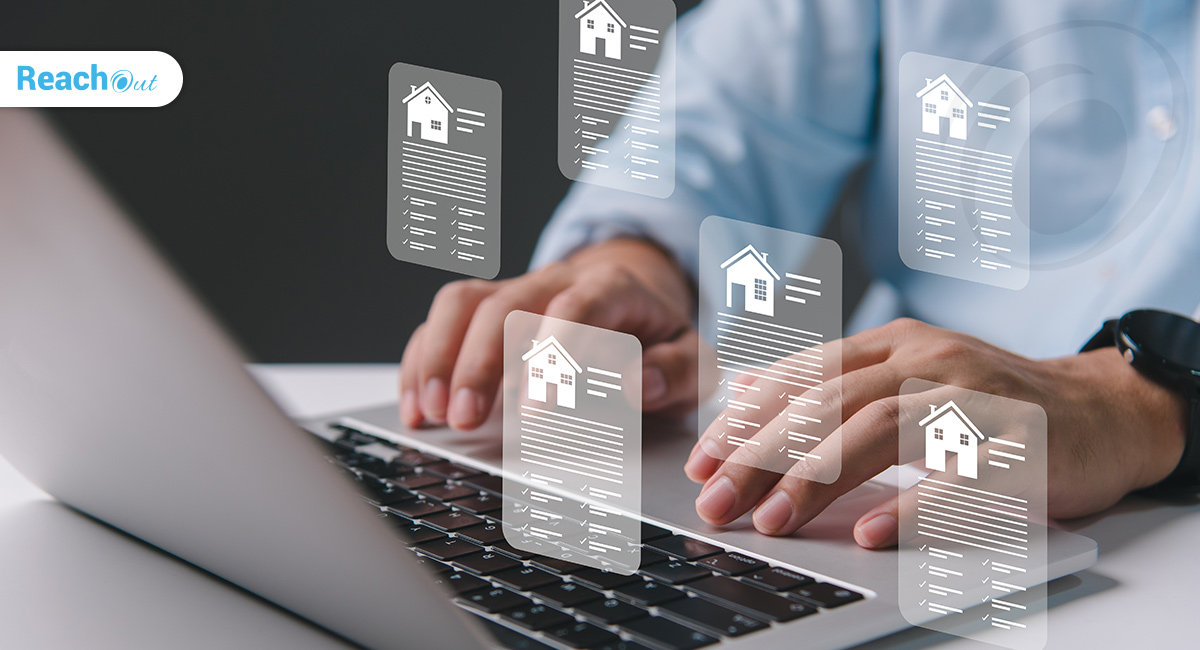
When it comes to property management, you cannot just focus on one task. Property managers must juggle maintenance, visits, tenant applications, field services, and more. Slacking in any of it can risk losing clients or a bad reputation. That’s why leaders are adopting field service software to ensure efficient and hassle-free operations. This blog will help you recognize the benefits of field service software for property management and how to utilize it to maximize profits. But first, let’s take a quick look at the common challenges property managers face.
Common Challenges Of Property Managers
Scheduling and Dispatching Issues: Inefficient scheduling can result in an ideal team, unproductive workflow, and time loss. When scheduling goes wrong, it impacts the company’s efficiency in resolving urgent maintenance repairs or customer queries, ultimately leading to a drop in brand value.
Work Execution and Coordination Issues: Property management requires coordinating and synchronizing multiple variables. Since the work takes place at job sites, property managers do not have direct supervision over operations. The lack of ability to track jobs can impact service quality.
Communication Challenges: Effective communication is crucial for property management. Miscommunication or inaccurate reporting can disrupt property management efficiency. This can diminish the quality standards.
Data Management Issues: Increased digitization and the emergence of smart homes have raised the importance of data management. Occupants now expect digitally controlled appliances. Maintenance teams must be proficient in technology and ensure data safety, eliminating threats and vulnerabilities.
Administrative Challenges: Property management involves administrative tasks, which may include legal and regulatory compliance. Tenant application agreement is one such task. These tasks are time-consuming. They require considerable effort, often diverting attention from core activities.
Read more: A Complete Guide to Maintenance Management Software
How Integrated Field Service Software Solves Property Management Challenges
Integrated field service software makes property management seamless. It improves efficiency, operational workflows, overheads, and tenant satisfaction.
1. Improved Efficiency
Field service software for property management can help improve operational workflow. Streamlined scheduling, dispatching, and inventory reduce inefficiencies. It ensures optimal resource use. The field service apps ensure seamless collaboration. Ready access to information makes operations smooth and fast.
The apps also enable service managers to track work progress and intervene when required. A ticketing system enables property managers to track work progress till the end. The software also automates back-end tasks such as reporting and invoice generation.
2. Cost Savings
Improved efficiency allows the work crew to cover more property per shift. Their productivity increases. The per unit fix costs also reduce as asset use ratios improve.
Data-driven decisions further improve service quality and cut costs. Property managers can use data generated by the software to:
- Optimize resource allocation. For instance, streamlined scheduling and dispatching can improve service delivery and quality..
- Track key performance indicators (KPIs).
- Identify trends and forecast needs. Enable proactive planning.
3. Tenant Satisfaction
Business success always depends on customer satisfaction. For property management, the end customer is the tenant or property owner. Field service software for property management boosts tenant or owner satisfaction. Intuitive scheduling and dispatching features reduce tenant wait times.
Predictive analytics using data generated by the software can help schedule routine maintenance. It can also help nip potential issues in the bud. Minimize disruptions. Transparent communications keep tenants updated on agreements and rents.
4. Keeping up With Maintenance Requests
Field service software streamlines scheduling. The software match scheduled jobs, routine requests, and emergency jobs with maintenance staff. Intuitive calendar views offer property managers the jobs allocated to each maintenance team on any given day. They can identify free crew and allocate work to them through convenient drag-and-drop interfaces.
The software also streamlines dispatching. Mobile apps with integrated maps guide the maintenance crew through the best routes to the property. Dispatchers can also arrange a way for the work crew to proceed to the nearest work site first and so on, minimizing travel time. Workforce productivity improves.
5. Automated Notifications
Field service software for property management issues automated notifications to maintenance staff. Often, harried schedulers forget to inform the work crew about the jobs assigned to them. As such, schedulers do not turn up for jobs on time. This generates waste, inefficiencies, and customer discontent.
6. Field service software integrates all data and information.
The property management software becomes a centralized repository for all property-related documents. Property managers can store invoices, agreements, work orders, blueprints, and other documents.
Preparing and storing these documents manually takes hours of unproductive administrative time. The software automates these tasks and makes them accessible from anywhere.
Mobile apps offer maintenance staff ready access to such documents. They get complete information on how to do their jobs.
7. Streamlined Communication
A centralized communication platform boosts collaboration. It enables seamless communication among property managers, maintenance staff, tenants, and other stakeholders.
When stakeholders communicate through such dedicated channels, there is traceability of the communication. The work crew, for instance, needs not rely on unclear verbal instructions through phone calls.
8. Improved Work Processes
Field service software eases access to forms and checklists. Property managers can create checklists that ensure compliance with regulations and safety standards. The work crew can download these checklists through their mobile phones and populate them with electronic data. Inefficient and error-prone pen-and-paper systems become a thing of the past.
9. Real-time Updates
The software offers real-time updates on service requests and maintenance progress. Property managers can track the location and work progress of the maintenance crew through GPS. They can issue accurate ETAs to waiting property owners or tenants on when the crew will arrive at the premises.
The maintenance staff can use their smartphones to capture electronic data. They can, for instance, record before-after images or videos as proof of work done. They can also collect the tenant’s electronic signature. On work completion, or even after reaching select milestones, they can generate reports. The app allows them to email such reports, with appended images or videos, to the property manager and owners as status updates.
10. Hassle-free Administrative Task Management
The field service software for property management automates the backend administrative tasks. Geolocational capabilities make explicit the time spent by the maintenance staff on the property. This automates timesheets and payroll, as well as invoicing. On work completion, the maintenance crew can generate invoices.
Conclusion
Field service software platforms such as ReachOut can enhance the benefits of property management software. ReachOut field management software offers comprehensive feature sets that drive paperless field service management. It combines a robust backend with intuitive and user-friendly interfaces to enable maximum efficiency. Investing in such suites allows property managers to execute work faster and reduce overheads. They can improve service quality and delight end customers at the same time.
Explore more about how ReachOut can enhance property management for you. Request a free demo now!
Archana
Archana is a Digital Marketing Executive at ReachOut Suite, where she focuses on SEO, branding, and content marketing. She works on enhancing website performance, increasing online engagement, and shaping effective brand strategies. Archana also leads social media campaigns and leverages marketing insights to strengthen the company’s digital presence.
More posts by Archana

